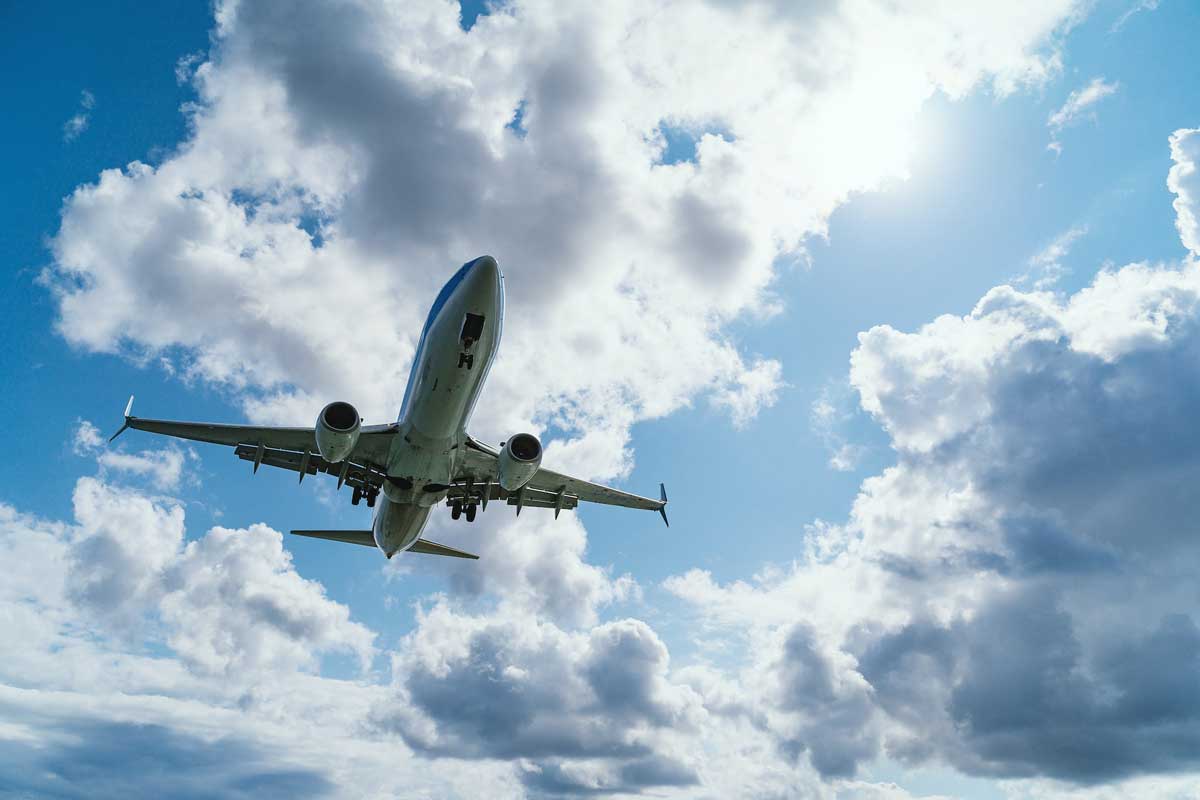In the modern age of technology and globalization, the aviation industry is facing a silent threat in the form of cyberattacks. The aviation industry has undertaken a massive digital transformation in the last two decades to enhance operational effectiveness and the experience of travelers. Thales’ 2025 report revealed a drastic 600% increase in digital attacks at the global level in just one year. On 9th July, Qantas Air faced a digital breach that compromised the personal data of 5.7 million customers, further exposing underlying cybersecurity vulnerabilities in this industry. The rising frequency of cyberattacks in the global aviation industry due to heavy digitalization is equally alarming for Pakistan, signaling the need to strengthen its cyber defense promptly.
The threat landscape is expanding in this industry, as it has been proclaimed that cyber-attacks targeted around 65 percent of airports and 35 percent of airlines over the last 24 years. This indicates that the threat vectors, including distributed denial-of-service (DDoS), phishing, malware, and ransomware, are impacting the aviation industry, ranging from targeting an entity to widespread attacks on complete systems. Notably, the most prevalent cyber threat to the aviation industry is ransomware, as a report says it alone caused 41 percent of data loss and 38 percent of operational disruption in 2024.
In the face of evolving threats, the aviation-related international regulatory bodies have established several cybersecurity frameworks. The International Civil Aviation Organization (ICAO) adopted a multifaceted strategy based on cooperation, governance, regulations, and capacity building. The Federal Aviation Authority (FAA), on the other hand, unveiled its cybersecurity strategy, which focuses on protecting airspace systems and preventing any digital attack with a Zero Trust architecture, and introduced new rules to protect the cyber infrastructure. Other international bodies are also working to mitigate the surging threats, including the International Air Transport Association (IATA), which developed a shared cyber risk requirement for all stakeholders, and the European Union (EU), which has designed an information security management system to improve cybersecurity that will be operational in 2026. Despite numerous attempts to secure a digital space through certain policies and frameworks, the threats are still looming, which requires a holistic approach for robust digital security in the aviation sector.
As cybersecurity is a cross-cutting issue that requires the support of a team, different parts of the industry need to work together to detect, mitigate, and respond. While international bodies are establishing regulations and adopting rules to minimize cyber threats, states and airline companies also need to cooperate to improve aviation digital security. For this, they can incorporate digital defense strategies and technologies, including the implementation of network encryption and segmentation strategies that secure sensitive data and ensure protection against attacks by immediately denying unauthorized access to spread any threat vectors. Also, Digital twin technology can be operationalised in the aviation sector, as it will create a virtual replica of any operational technology that further assists the security teams in detecting potential cyber threats and taking quick action. In addition, the attacks on aviation supply chains are a serious risk that is often underestimated. To deal with them, there is a need to enable security audits that will assess the security practices of suppliers and evaluate their compliance with defined standards, along with deploying layered perimeter defenses within the network systems of the supply chain to enhance its security through encryption and access control.
The cyber vulnerabilities exposed in the global aviation industry have taught Pakistan the lesson that it needs to enhance the security and resilience of the aviation sector before it experiences a major breach. To overcome digital threats, in the short term, Pakistan should invest in building a skilled digital workforce for the aviation sector and conduct regular assessments of the digital systems incorporated at various international airports. In addition, the Pakistan Civil Aviation Authority (PCAA) is relying on legacy systems that are susceptible to cyber threats. It has to adopt a cybersecurity-focused technology modernization program that complements NextGen technologies, such as artificial intelligence that can detect digital intrusions much faster than humans.
At the long-term level, Pakistan should abide by the rules and regulations provided by the international aviation regulatory bodies, along with the adoption of key digital defense strategies and technologies discussed above. Likewise, Pakistan should establish a cybersecurity infrastructure program for the strategic defense of airports. This can be done through offering financial support for all the international airports across the country, and in collaboration with the Ministry of Defence (MOD), PCAA assesses cyber security vulnerabilities of these airports and takes appropriate steps to address them. Insights from these efforts can be further shared with key stakeholders, such as airlines, aviation suppliers, and key technicians, to strengthen industry-wide cyber resilience.
The silent threats in the form of digital intrusions and breaches are undermining the security of the aviation industry. While these vulnerabilities can be addressed through increasing cooperation among international bodies, states, and key stakeholders, along with the adoption of network strategies and layered perimeter defences at a global level. The most important aspect, in the context of Pakistan, is that it needs to incorporate both short-term and long-term countermeasures to lay the pathway for sustainable digital modernization in the future.
